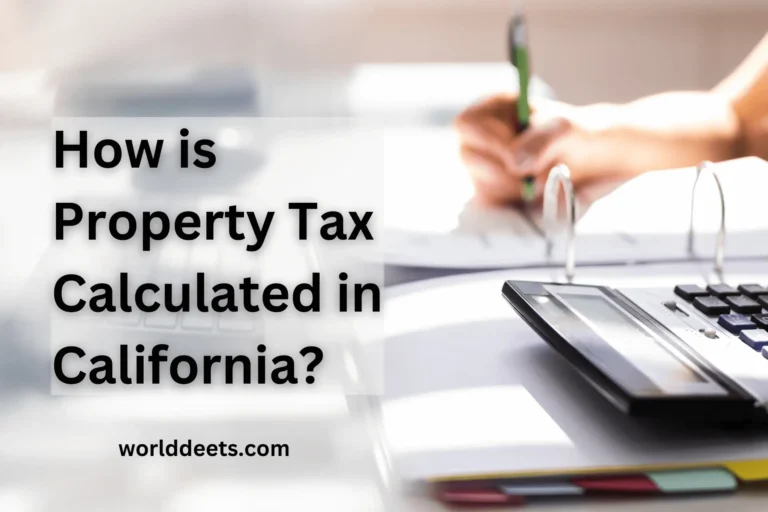What is a Property ID | Important in Property Management

The world of real estate is vast and intricate, with properties of all shapes and sizes changing hands every day. To keep track of this complex web of land and buildings, governments and real estate professionals rely on a simple yet powerful tool – Property Identification Numbers, or Property IDs. In this article, we’ll discuss what is a Property ID, why they are important, and how they streamline real estate operations.
What is a Property Identification Number?
A Property ID, also known as a Property Identification Number, is a unique alphanumeric code or number assigned to a specific property or parcel of land. These numbers serve as the property’s DNA, carrying essential information and acting as a key to its history, ownership, and legal status. Each Property ID is distinct, making it easy to pinpoint a single property among the vast real estate landscape.
The Anatomy of a Property ID
Property IDs typically include various elements, which may differ depending on the jurisdiction and its specific format. However, they often include the following components:
- Location Identifier: This part of the Property ID specifies the property’s location within a particular area or district. It helps organize properties within the jurisdiction.
- Parcel Number: The parcel number is a unique identifier for the property within its location. It distinguishes one property from another, even in the same area.
- Additional Details: Depending on the region, a Property ID may contain other details like block numbers, lot numbers, or sub-division identifiers. These additional elements further refine the property’s identification.
How to Find a Property’s ID
Property IDs can usually be found on official documents related to the property, such as deeds, tax assessment records, or property titles. Real estate professionals and governmental authorities maintain databases that can be searched to retrieve a property’s ID.
What is a Property ID Number in Texas?
In the state of Texas, a Property ID number, often referred to as a Property Identification Number (PID) or a Parcel ID, serves as a crucial component of the real estate landscape. Just like in many other parts of the United States, a Property ID in Texas is a unique alphanumeric code that is assigned to each individual property or parcel of land. This code is used to identify and manage properties efficiently, making it an essential tool for property owners, government authorities, and real estate professionals.
The Property ID in Texas typically consists of several components. It includes a location identifier, which specifies the property’s position within a particular county or municipality. Additionally, a parcel number is included, offering a distinctive identifier within that specific location. These elements help accurately pinpoint and categorize properties, ensuring they can be easily distinguished from one another.
Understanding the significance of a Property ID in Texas is vital for property owners and those involved in real estate transactions. It is particularly important for property tax assessment, legal documentation, land records, and urban planning. Property IDs play a fundamental role in determining property tax liability, maintaining accurate land records, and ensuring that real estate transactions are conducted smoothly and in compliance with local regulations.
Why Property IDs Matter
Property IDs serve several critical purposes in the world of real estate:
- Accurate Taxation: Property IDs help local governments calculate property taxes by accurately identifying each parcel. By the assessed value of the property, this guarantees that property owners pay their fair share.
- Land Records: Property IDs are used to maintain detailed land records, allowing for easy reference to past transactions, ownership history, and any legal encumbrances on the property.
- Real Estate Transactions: In real estate transactions, Property IDs streamline the process of buying or selling property. They ensure that the correct property is conveyed, minimizing the risk of errors.
- Urban Planning: City planners and developers use Property IDs to track land use and zoning regulations, facilitating responsible and organized growth.
- 5. Legal Clarity: Property IDs reduce ambiguity and legal disputes by providing a clear reference point for a property’s identity.
What is a Property ID Number in California?
Just like in the vast world of real estate, the management and identification of individual properties are of paramount importance in California. In this golden state, a key tool for achieving this is the Property Identification Number or Property ID.
A Property ID in California, often referred to as a Property Identification Number (PID) or a Parcel ID, is a unique alphanumeric code assigned to each specific property or parcel of land by local government authorities. This code acts as a distinct label for every property, making it possible to efficiently identify and manage properties. Property IDs are integral to property records and are used for various purposes.
Property IDs in California, similar to those in other locations, are typically composed of several components. They include a location identifier, specifying the property’s position within a county or municipality, and a parcel number, offering a unique identifier within that specific location. These elements help ensure precise identification and categorization of properties.
The significance of Property IDs in California cannot be overstated. Property owners, government authorities, and real estate professionals rely on these codes for property tax assessment, legal documentation, land records, and ensuring smooth and compliant real estate transactions.
Wrapping Up
In the expansive realm of real estate, the question what is a Property ID leads to a critical understanding of these alphanumeric codes that underpin the industry. These Property Identification Numbers (Property IDs) serve as indispensable keys to efficient real estate management, accurate taxation, land records, smooth transactions, urban planning, and legal clarity. Whether you’re in Texas, California, or elsewhere, grasping the importance of What is a Property ID is pivotal for successful property ownership and management.






